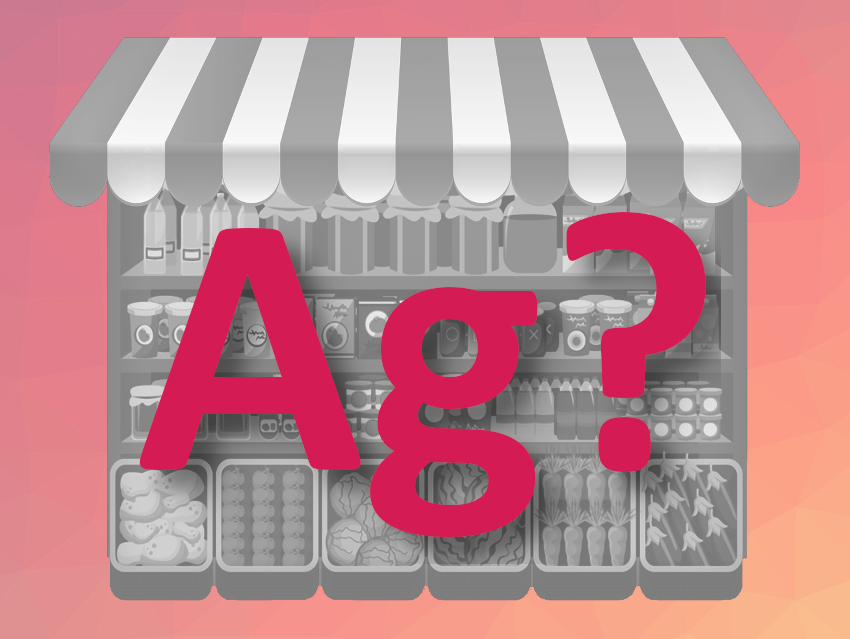Polymers containing nanoparticles (NPs) or nanocomposites, e.g., silver NPs, can slow the growth of microorganisms and keep foods and beverages from spoiling. Various types of NP-embedded polymers could be incorporated into food packaging in the future. However, some of these polymers can leach NPs or ions into water-based simulated foods. So far, little is known about how such packaging might interact with real foods and beverages. Some sugars, for example, can effectively convert silver ions into nanoparticles, which could then be ingested by humans.
Timothy V. Duncan, United States Food and Drug Administration (FDA), Bedford Park, IL, USA, and colleagues have investigated how the complex ingredients in sugary foods and beverages influence the formation of nanoparticles, both when directly exposed to dissolved silver and when they are stored inside silver-doped packaging. The team added Ag+ to liquid foods and beverages, including naturally and artificially sweetened solutions, soda, milk, juices, yogurt, and a starch-based slurry. The mixtures were incubated at 40 °C for 10 days, simulating long-term storage in a packaging material.
The team detected the formation of nanostructures at silver concentrations similar to those expected from polymer contact leaching. Sugary liquids with starches, citrates, and fats formed the most NPs. In another experiment, the researchers stored water, a sugar solution, or a soft drink in a silver-NP-containing polyethylene polymer at 40 °C for 15 days. There was an initial release of dissolved silver from the polymer surface, but only the sugary solutions led to further leaching and the creation of nanoparticles.
The researchers conclude that dietary exposure to silver NPs would be possible from sweetened foods and beverages packaged in antimicrobial materials under the conditions typical for long-term storage.
- Food and Beverage Ingredients Induce the Formation of Silver Nanoparticles in Products Stored within Nanotechnology-Enabled Packaging,
Tianxi Yang, Teena Paulose, Benjamin W. Redan, James C. Mabon, Timothy V. Duncan,
ACS Appl. Mater. Interfaces 2021.
https://doi.org/10.1021/acsami.0c17867



